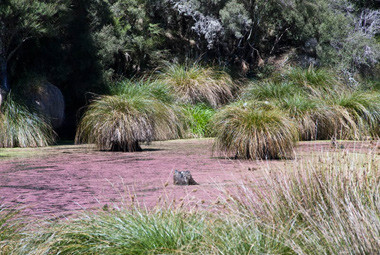 Ahi Paku wetland, Eastern Wairarapa. Photographer: Jeremy Rolfe.Wetlands were defined in the RAMSAR Convention on Wetlands signed in Ramsar (Iran) in 1971 as areas of marsh, fen, peatland or water, whether natural or artificial, permanent or temporary, with water that is static or flowing, fresh, brackish or salt, including areas of marine water the depth of which at low tide does not exceed six metres.
Ahi Paku wetland, Eastern Wairarapa. Photographer: Jeremy Rolfe.Wetlands were defined in the RAMSAR Convention on Wetlands signed in Ramsar (Iran) in 1971 as areas of marsh, fen, peatland or water, whether natural or artificial, permanent or temporary, with water that is static or flowing, fresh, brackish or salt, including areas of marine water the depth of which at low tide does not exceed six metres.
New Zealand wetlands tend to be places of poor drainage or where water accumulates, sites where seepages or flooding is frequent and interfaces between land and streams, rivers, lakes and estuaries.
For more information about wetlands see*:
- Postglacial history of New Zealand wetlands and implications for their conservation - Matt McGlone 2009 - NZ Journal of Ecology
- Wetland types in New Zealand (Peter Johnson and Philippe Gerbeaux - DOC 2004)
- National Wetland Trust of NZ
- Waituna Wetlands, Southland - Watch the TV6 /DOC Meet the Locals video
*The Network is not responsible for the content of external internet sites
